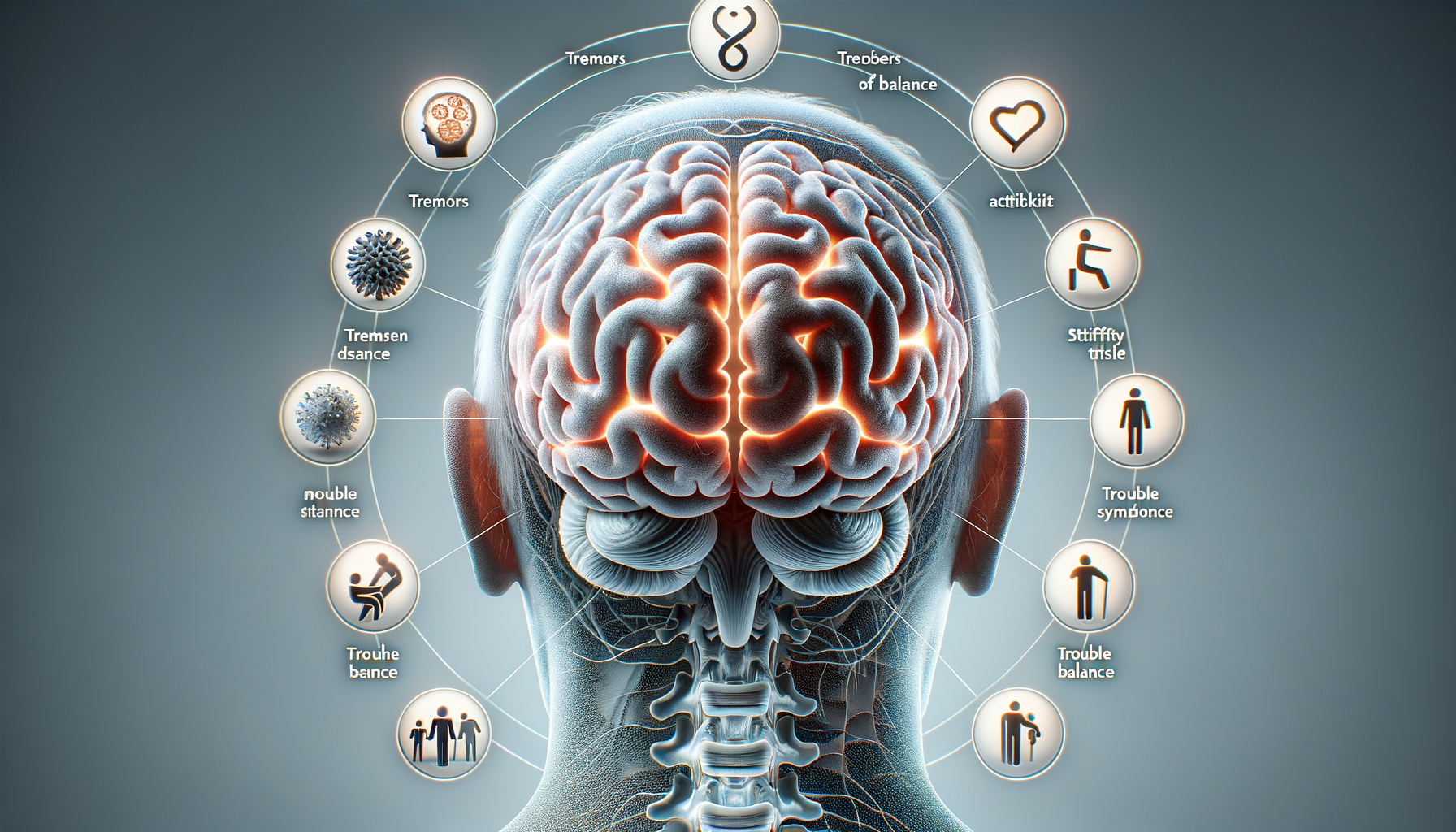
What to Know About Parkinson’s Disease
Introduction to Parkinson’s Disease
Parkinson’s disease is a progressive neurological disorder that primarily affects movement. It is characterized by the degeneration of dopamine-producing neurons in the brain, leading to symptoms such as tremors, stiffness, and balance problems. Understanding the early signs of Parkinson’s disease is crucial for timely diagnosis and management, which can significantly improve the quality of life for those affected.
This article aims to shed light on the early signs of Parkinson’s disease, providing valuable insights into its symptoms, causes, and potential management strategies. By recognizing these signs early, individuals can seek medical advice and begin appropriate interventions sooner.
Recognizing the Early Signs
Identifying the early signs of Parkinson’s disease can be challenging, as they often develop gradually and may be mistaken for normal aging processes. However, being aware of these signs can lead to earlier diagnosis and treatment. Some of the early symptoms include:
- Tremors: Often starting in the hands or fingers, tremors are a common early sign and may occur at rest.
- Bradykinesia: This refers to the slowing down of movement, making simple tasks more time-consuming and difficult.
- Muscle stiffness: Stiffness in the limbs or trunk can occur, often leading to a reduced range of motion and discomfort.
- Postural instability: Balance problems and a tendency to fall can be early indicators of Parkinson’s disease.
- Changes in handwriting: Known as micrographia, this involves handwriting becoming smaller and more cramped.
Recognizing these signs early can lead to a more proactive approach in managing the disease, potentially slowing its progression and improving the patient’s quality of life.
Causes and Risk Factors
The exact cause of Parkinson’s disease remains unknown, but several factors are believed to contribute to its development. These include genetic predispositions, environmental factors, and the aging process. While genetic mutations can play a role, they are more commonly associated with early-onset cases.
Environmental exposures, such as prolonged contact with certain pesticides and herbicides, have been linked to an increased risk of developing Parkinson’s. Additionally, age is a significant risk factor; the disease is more prevalent in individuals over the age of 60.
Understanding these risk factors can help in identifying individuals who may be more susceptible to developing Parkinson’s disease, allowing for closer monitoring and early intervention.
Diagnosis and Medical Evaluation
Diagnosing Parkinson’s disease involves a comprehensive medical evaluation, as there are no specific tests for the condition. A neurologist typically assesses symptoms, medical history, and conducts a physical examination. In some cases, imaging tests such as MRI or PET scans may be used to rule out other conditions.
Early diagnosis is vital as it allows for the initiation of treatment plans that can manage symptoms effectively. By working closely with healthcare professionals, individuals can develop a tailored approach to managing their condition.
Management and Support
While there is currently no cure for Parkinson’s disease, various management strategies can help control symptoms and improve quality of life. Medications that increase or substitute dopamine are commonly prescribed, and physical therapy can assist in maintaining mobility and balance.
Support groups and counseling can also provide emotional support and practical advice, helping individuals and their families cope with the challenges of the disease. Lifestyle changes, such as regular exercise and a balanced diet, can further enhance overall well-being.
By focusing on a holistic approach to management, individuals with Parkinson’s disease can lead fulfilling lives despite the challenges posed by the condition.
Conclusion: Navigating Life with Parkinson’s
Parkinson’s disease presents a range of challenges, but early recognition and proactive management can make a significant difference. By understanding the early signs and seeking timely medical advice, individuals can take control of their health and improve their quality of life.
Support from healthcare professionals, family, and support groups can provide the necessary tools and encouragement to navigate life with Parkinson’s disease. With ongoing research and advancements in treatment, there is hope for better management and, ultimately, a cure for this condition.


